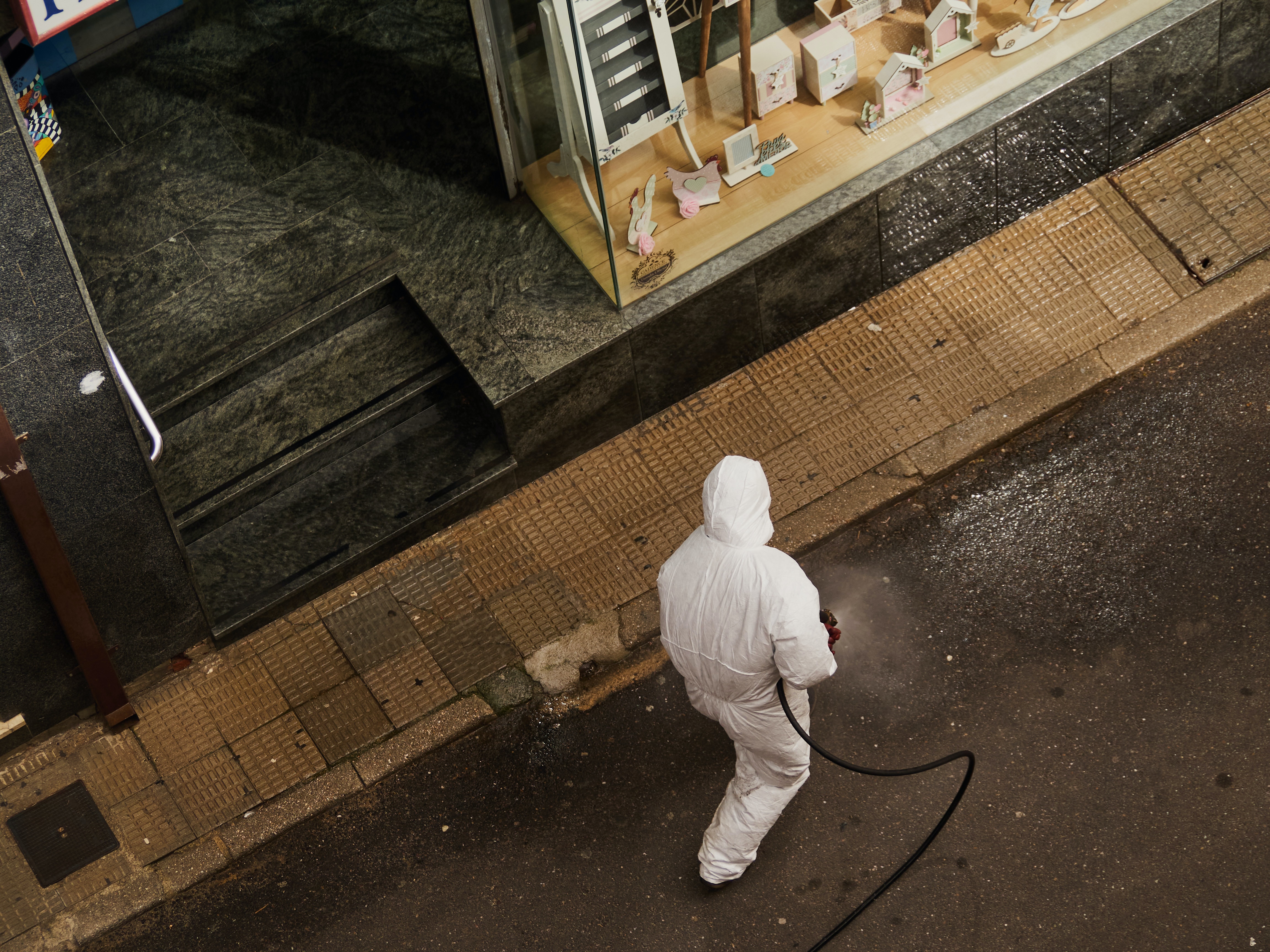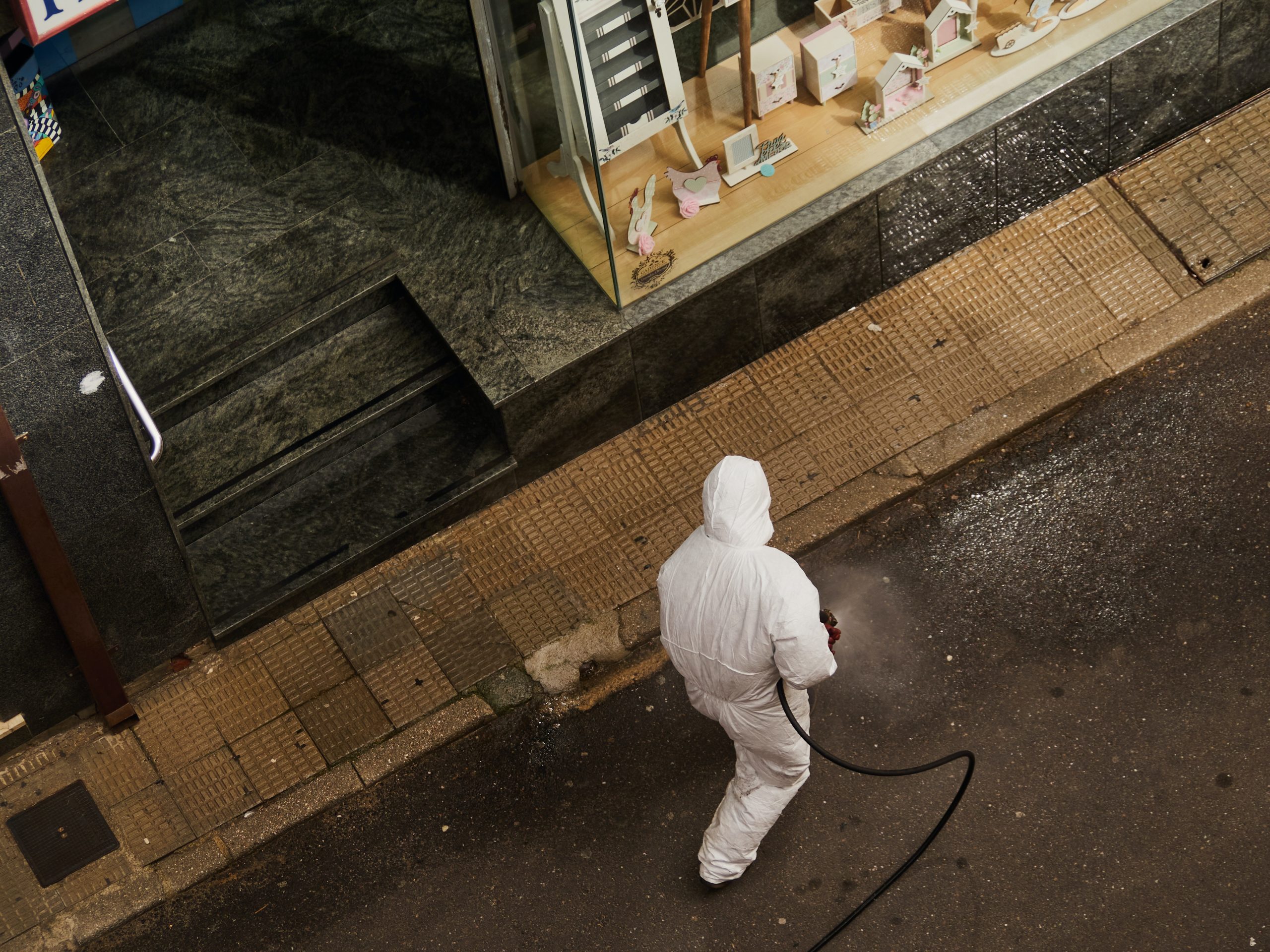Demystifying UV Sterilizers: A Complete Guide
Are you looking for a way to keep your home or workspace clean and germ-free? Look no further than UV sterilizers! These innovative devices have become increasingly popular in recent years, revolutionizing the way we sanitize our surroundings. But what exactly are UV sterilizers, and how do they work their magic? In this complete guide, we’ll demystify the world of UV sterilizers, exploring their benefits, drawbacks, and everything in between. So sit back, relax, and get ready to discover the power of UV sterilization!
What are UV sterilizers?
UV sterilizers, also known as ultraviolet germicidal irradiation (UVGI) devices, are cutting-edge tools designed to eliminate bacteria, viruses, and other harmful microorganisms from various surfaces. Unlike traditional cleaning methods that rely on chemicals or heat, UV sterilizers harness the power of ultraviolet light to achieve a deep and thorough sanitization.
These handy devices come in different forms and sizes—ranging from portable handheld units to large fixtures installed in HVAC systems. Regardless of their shape or size, all UV sterilizers share a common goal: killing or deactivating pathogens by disrupting their DNA structure.
The process is quite simple yet incredibly effective. When UV light comes into contact with microorganisms like bacteria and viruses, it damages their genetic material, preventing them from reproducing. As a result, these harmful organisms become unable to infect humans or cause illness.
One key advantage of using UV sterilizers is that they provide a chemical-free method of disinfection. This makes them an excellent choice for environments where people have sensitivities or allergies to harsh cleaning agents.
Moreover, UV sterilization is highly efficient against a wide range of pathogens—including drug-resistant superbugs like MRSA—and can effectively treat both air and water contaminants. This versatility makes them suitable for use in hospitals, laboratories, food processing facilities, homes, offices—the possibilities are endless!
However…
How do UV sterilizers work?
How do UV sterilizers work?
UV sterilizers utilize ultraviolet (UV) light to eliminate harmful microorganisms and pathogens. These devices harness the power of a specific range of UV light called UVC, which has germicidal properties.
When water or air passes through a UV sterilizer, it is exposed to this intense UVC light. The high-energy rays penetrate the cells of bacteria, viruses, and other microorganisms. This process disrupts their DNA structure and prevents them from reproducing or functioning properly.
The effectiveness of a UV sterilizer depends on several factors such as the intensity of the UVC light emitted, the duration of exposure, and the flow rate at which water or air passes through.
It’s uv sterilizer important to note that UV sterilizers are not filters; they do not remove physical particles from water or air. Instead, their primary function is to destroy harmful microorganisms that can pose health risks.
Due to their ability to target various types of pathogens without using chemicals, UV sterilizers have become popular in applications ranging from drinking water treatment systems and aquariums to healthcare facilities and food processing plants.
By utilizing powerful UVC rays, UV sterilizers offer an effective method for disinfecting both water and air by neutralizing harmful microorganisms present.
The benefits of using UV sterilizers
UV sterilizers offer numerous benefits when it comes to keeping our environment clean and germ-free. UV sterilizers are highly effective in killing a wide range of harmful microorganisms, including bacteria, viruses, and fungi. This means that by using a UV sterilizer, you can significantly reduce the risk of infection and illness.
UV sterilization is a chemical-free method of disinfection. Unlike traditional cleaning methods that rely on harsh chemicals that may have negative effects on human health or the environment, UV sterilizers use ultraviolet light to destroy pathogens. This makes them a safer and more eco-friendly option for sanitizing various items.
In addition to their effectiveness and safety, UV sterilizers are also incredibly convenient. They can be used to sanitize different objects such as baby bottles, toothbrushes, mobile phones, keys, and even water! With just a press of a button or the flick of a switch, you can ensure that your belongings are free from harmful germs.
Furthermore,…
Overall,…
The drawbacks of using UV sterilizers
The drawbacks of using UV sterilizers
While UV sterilizers offer many benefits in terms of disinfection, there are also some drawbacks to consider. One major drawback is that UV light can only kill microorganisms that it directly comes into contact with. This means that any pathogens hiding in cracks or crevices may not be effectively eliminated.
Another limitation of UV sterilizers is that they require a certain amount of exposure time to effectively kill bacteria and viruses. If the water or air passes through the system too quickly, it may not receive enough exposure for complete disinfection.
Additionally, while UV sterilization is highly effective against bacteria and viruses, it may not be as effective against other types of contaminants such as chemicals or cysts. If you’re looking for comprehensive purification, you may need to supplement your UV sterilizer with additional filtration methods.
UV bulbs also have a limited lifespan and will need to be replaced periodically. This ongoing maintenance cost should be taken into account when considering the overall investment involved in using a UV sterilizer.
While UV sterilizers provide an efficient method for killing microorganisms, they do have limitations in terms of reach and effectiveness against certain contaminants. It’s important to carefully evaluate your specific needs before deciding if a UV sterilizer is the right choice for you.
How to choose the right UV sterilizer

When it comes to choosing the right UV sterilizer, there are a few key factors to consider. First and foremost, you’ll want to determine your specific needs and requirements. Are you looking for a UV sterilizer for personal use at home or for a larger commercial setting? This will help narrow down your uv sterilizer options.
Next, take into account the size of the space or surfaces you need to disinfect. UV sterilizers come in various sizes and strengths, so it’s important to choose one that is capable of effectively treating the area you have in mind.
Consider the features and functionality of different models as well. Some UV sterilizers offer additional functions such as timers or automatic shut-offs, which can be convenient and enhance usability.
Another crucial aspect is safety. Look for UV sterilizers that come with built-in safety measures like child-proof locks or sensor technology that automatically turns off the device if someone enters the room during operation.
Research reputable brands and read reviews from other customers who have used their products. This can give you valuable insights into product quality, durability, and customer satisfaction.
By carefully considering these factors before making your purchase, you can ensure that you choose the right UV sterilizer that meets all your needs effectively
Conclusion
Conclusion
In this complete guide, we have demystified UV sterilizers and provided insights into their functionality, benefits, drawbacks, and how to choose the right one for your needs. UV sterilizers are innovative devices that utilize ultraviolet light to eliminate harmful microorganisms from various surfaces.
By harnessing the power of UV-C rays, these sterilizers offer a chemical-free solution for disinfection. They can effectively kill bacteria, viruses, mold spores, and other pathogens in a quick and efficient manner. From healthcare facilities to homes and offices, UV sterilizers have gained popularity as an additional layer of protection against infectious diseases.
The benefits of using UV sterilizers are numerous. They provide a non-toxic disinfection method without leaving any residue or odor behind. Compared to traditional cleaning methods such as chemicals or heat treatments, they are safe for both humans and the environment. Additionally, they can be used on different objects like smartphones, keys, baby bottles, and even masks.
However beneficial they may be though; it is important to note some drawbacks associated with UV sterilizers. Direct exposure to ultraviolet light can harm human skin and eyes if proper precautions are not taken. Secondly,the effectiveness of UV sterilization depends on factors such as distance from the source and duration of exposure which means that certain areas might not receive adequate treatment.
When choosing a suitable UV sterilizer for your specific needs,it is crucial to consider factors such as size,portability,ease-of-use,and safety features.
Besides,you should also check whether reliable third-party testing has been done on the product you intend to purchase.
This will help ensure its efficacy in killing germs efficiently.
In conclusion,Ultrasound technology offers an effective wayto keep our environments cleanand free from harmful pathogens.
UV Sterilisersare becoming increasingly popular in various settings due tot heir abilityto eliminate up t0 99%of germs.
They offera convenient,safe,and chemical-free methodof disinfection.
However,it is importantto use them responsibly
